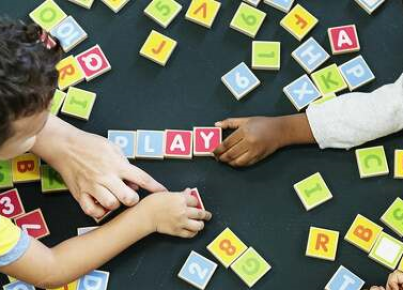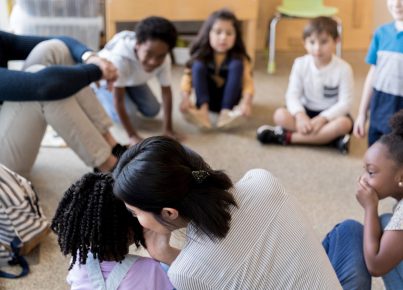Introduction
Game-based learning (GBL) has grown in popularity, with an ever-increasing number of educators integrating it into their classrooms. This modern pedagogical approach blends entertainment and learning by using games to teach academic subjects or skills. As GBL continues to evolve and gain traction, it’s essential to understand the perspectives of those on the front lines: the teachers themselves. This article delves into what educators think about game-based learning and how they perceive its impact on student achievement.
Positive Views on Game-Based Learning
1. Increased Student Engagement: Teachers often report that game-based learning increases engagement among their students. By combining play and coursework, GBL helps sustain interest in subjects that might have been considered less exciting or challenging.
2. Collaboration & Teamwork Skills: Many game-based learning experiences involve teamwork, stimulating students to develop critical collaboration skills. Teachers appreciate that these collaborative games help students build social relationships, enhance communication, and learn to work together towards shared goals.
3. Personalized Learning Experience: Some teachers recognize that GBL provides students with a more personalized educational experience. By incorporating adaptive software, games can adjust difficulty levels according to individual skills, offering a tailored path through the curriculum.
4. Technology Integration: As technology continues to play a significant role in everyday life, teachers find that game-based learning can help introduce students to digital tools, promoting essential tech-literacy skills.
5. Assessments & Feedback: Many educators appreciate how GBL allows for real-time assessments of student progress while providing immediate feedback to guide self-improvement.
Concerns About Game-Based Learning
1. Time Constraints: Some teachers feel there is not enough time within class hours to implement game-based experiences effectively without sacrificing other valuable elements of education.
2. Accessibility & Equity: While many digital games require internet access or a personal device, not all students have the same level of access to these resources. This disparity raises concerns of digital equity in the classroom.
3. Quality of Educational Content: Some teachers voice concerns about the content quality and relevance of several games incorporated for educational purposes.
4. Distractions & Overwhelm: A small group of teachers worry that game elements might overshadow educational objectives, distracting students from their primary goal – learning.
5. Professional Development: Teachers also mention that they need proper training and support to successfully navigate and implement GBL in their classrooms.
Conclusion
Teachers’ opinions on game-based learning are varied, showcasing both enthusiasm and reservations. However, it is evident that numerous educators appreciate GBL’s potential to engage students, foster collaboration, and provide personalized learning experiences. By addressing concerns surrounding time constraints, accessibility, content quality, and professional development, the education system can continue to refine game-based learning methodologies and maximize student outcomes.





